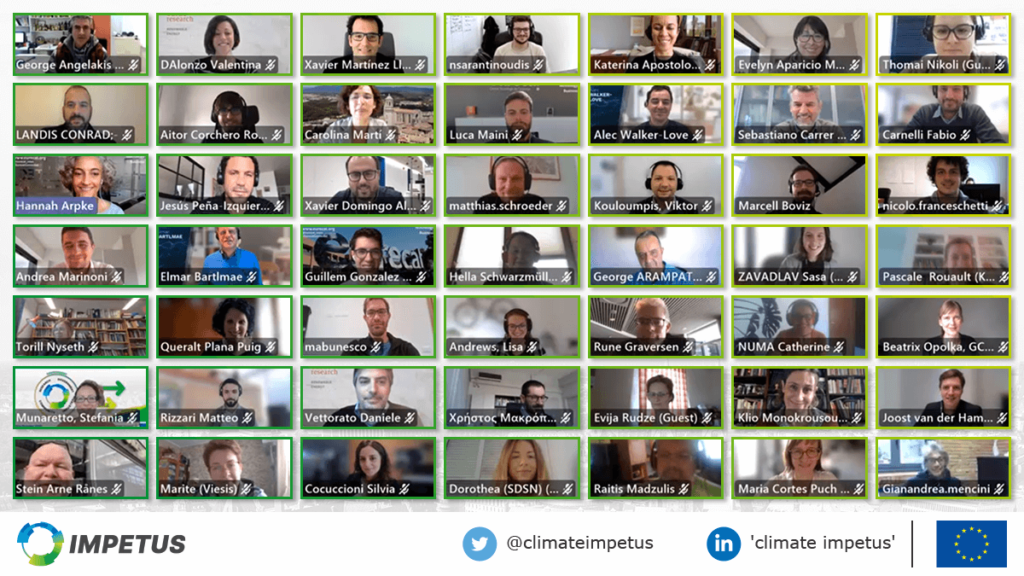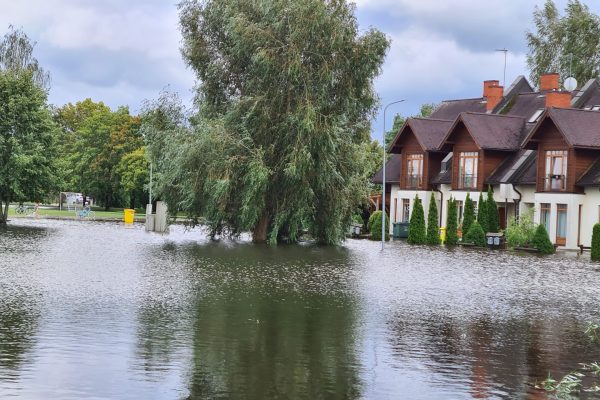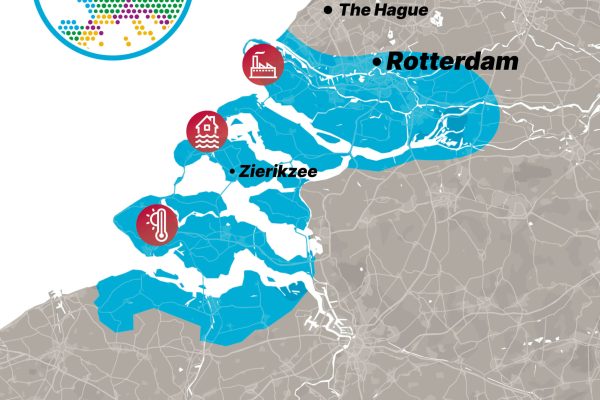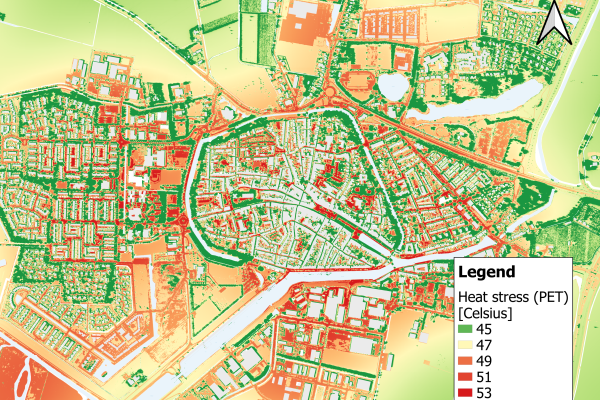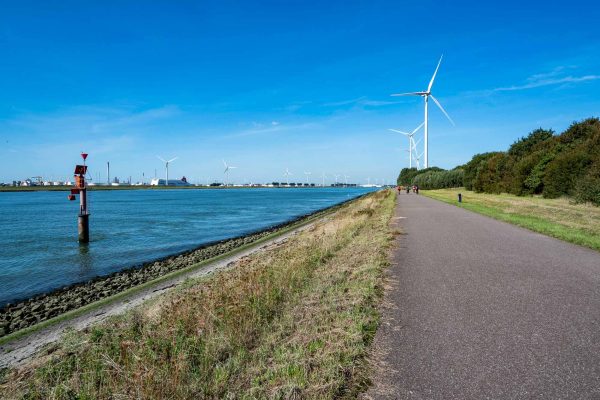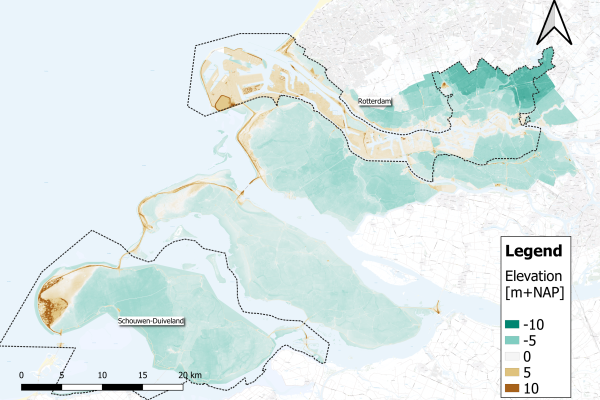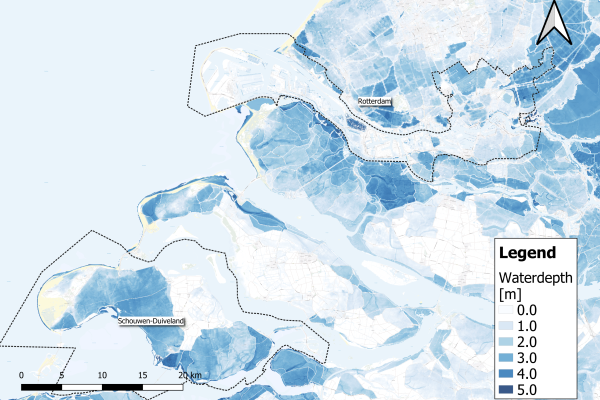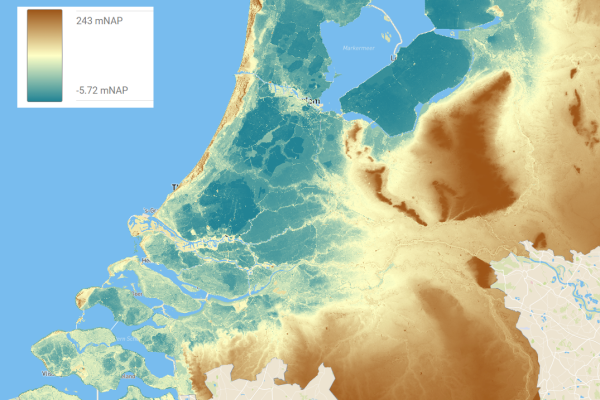How can we adapt to climate change and the intensifying weather conditions that threaten our way of life? Kicking off with all partners on 21-22 October 2021, the EU-funded IMPETUS project will turn climate commitments into tangible, urgent actions to protect communities and the planet.
Bringing together 32 partner organisations from 9 countries, the virtual kick-off meeting united more than 70 motivated people who will work together in multidisciplinary teams in research, policy, industry and civil society. Working on solutions for a range of climate conditions – from the Artic to the Mediterranean – these teams will engage and empower communities in protecting key systems such as water, agriculture and infrastructure. Accelerating a shared broad social, ecological and economic transition through activities in seven specific test-beds, Climate IMPETUS will bring research, government, industry and communities together to develop new relationships with each other and our natural environment.
The kick-off meeting discussions explored how to tackle the IMPETUS work. Participants were joined by representatives of sister climate projects REGILIENCE, ARSINOE and TransformAr, and of CINEA, the European Climate, Infrastructure and Environment Executive that supports delivery of these European Green Deal projects. Coordination between these projects will be developed, in order to achieve efficiencies and the best outcomes for communities impacted by climate change.
By putting transformative actions that change our climate future in place across Europe, IMPETUS aims to show what is possible – and give everyone the information and tools to achieve it for themselves.
